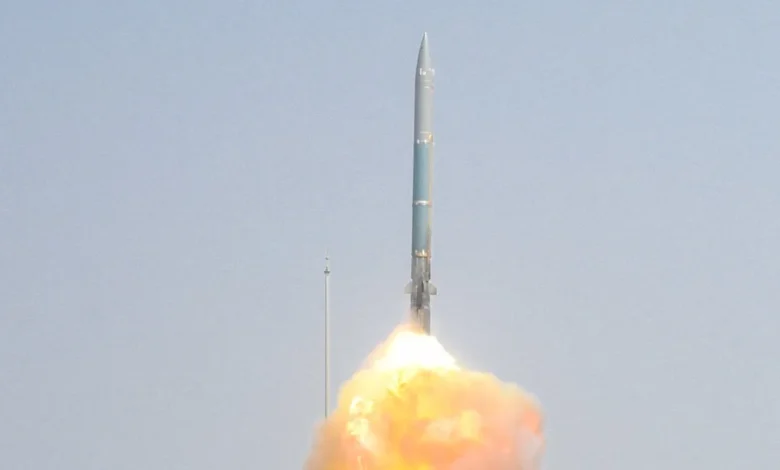India completes supersonic missile-assisted torpedo system trials successfully
The medium-range supersonic missile is equipped with release mechanisms, a parachute delivery system, and a torpedo

India has achieved a significant milestone with the successful completion of the Supersonic Missile-Assisted Release of Torpedo (SMART) anti-submarine missile system trials, which was conducted off the coast of Odisha’s Balasore on Wednesday, May 1st, 2024.
India’s naval defensive capabilities have advanced significantly with the development of the SMART system, which was created by the Defensive Research and Development Organisation (DRDO).
A next-generation standoff torpedo delivery system called the supersonic missile-assisted torpedo (SMART) system was created to strengthen the Navy’s anti-submarine warfare capabilities. The medium-range supersonic missile is equipped with release mechanisms, a parachute delivery system, and a torpedo. Targeting enemy submarines, the homegrown supersonic missile-assisted torpedo system (SMART) has a significantly longer range than traditional torpedoes.
Officials from the Defence sector confirmed the successful trials, emphasising the strategic importance of this indigenous development for the Indian Navy. The trials demonstrated the efficacy and reliability of the SMART system in effectively countering underwater threats, they added.
The SMART system is an innovative blend of indigenous invention and state-of-the-art technology, built to support the Indian Navy’s anti-submarine warfare capabilities. The SMART system strengthens the Indian Navy’s operational preparedness and maritime defensive posture by providing an effective deterrent against any submarine threats with its supersonic capabilities and torpedo release mechanism.
The canister-based missile system is made up of many sophisticated subsystems, including an electromechanical actuator system, a two-stage solid propulsion system, and accuracy. The missile has a range of 643 km carrying a lightweight torpedo of range 20 km with a 50 kg high explosive warhead.
The system carries advanced lightweight torpedoes and a parachute-based release device as payload. The mobile launcher on the ground fired the missile. Submarine detection and identification systems mounted on ships or in the air are linked to SMART via a two-way data link.
The officials claim that this test has confirmed several cutting-edge processes, including symmetric separation, ejection, and velocity control. It may be fired from a coastal battery mounted on a truck or from a surface vessel. The missile uses electro-mechanical actuators to adjust its trajectory and is propelled by a dual-stage solid-propellant rocket.
When fired from a ground mobile launcher, the missile may go a considerable distance. For this system, several DRDO laboratories developed different technologies, while the industry worked on developing and producing several sub-systems. On October 5, 2020, SMART conducted its first successful test from Abdul Kalam Island.
Congratulating the DRDO, Defence Minister Rajnath Singh said “The development of the system will further enhance the strength of our Navy.” Secretary, Department of Defence R&D and Chairman DRDO Dr Samir V Kamat also lauded the synergistic efforts of the entire SMART team and urged it to continue on the path of excellence.
You might also be interested in – Indian squad for T20 World Cup 2024 announced



